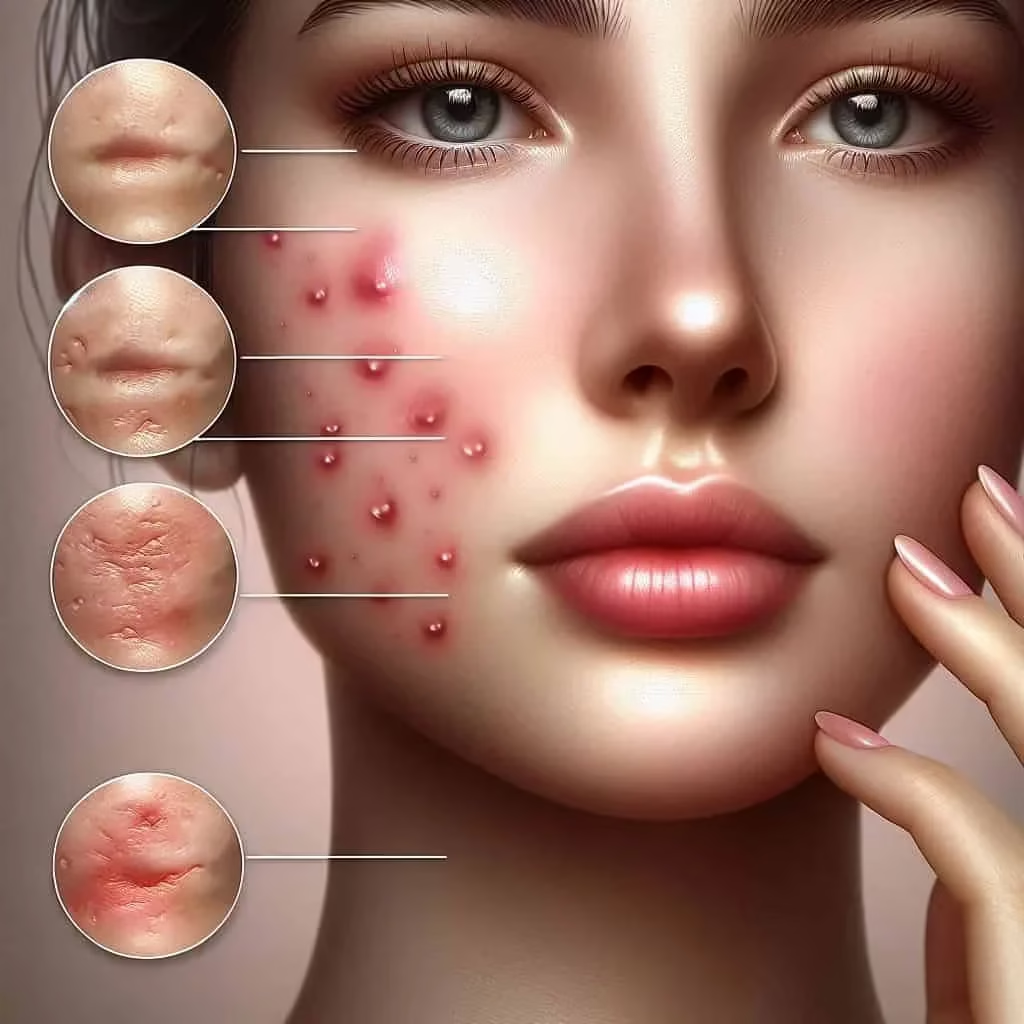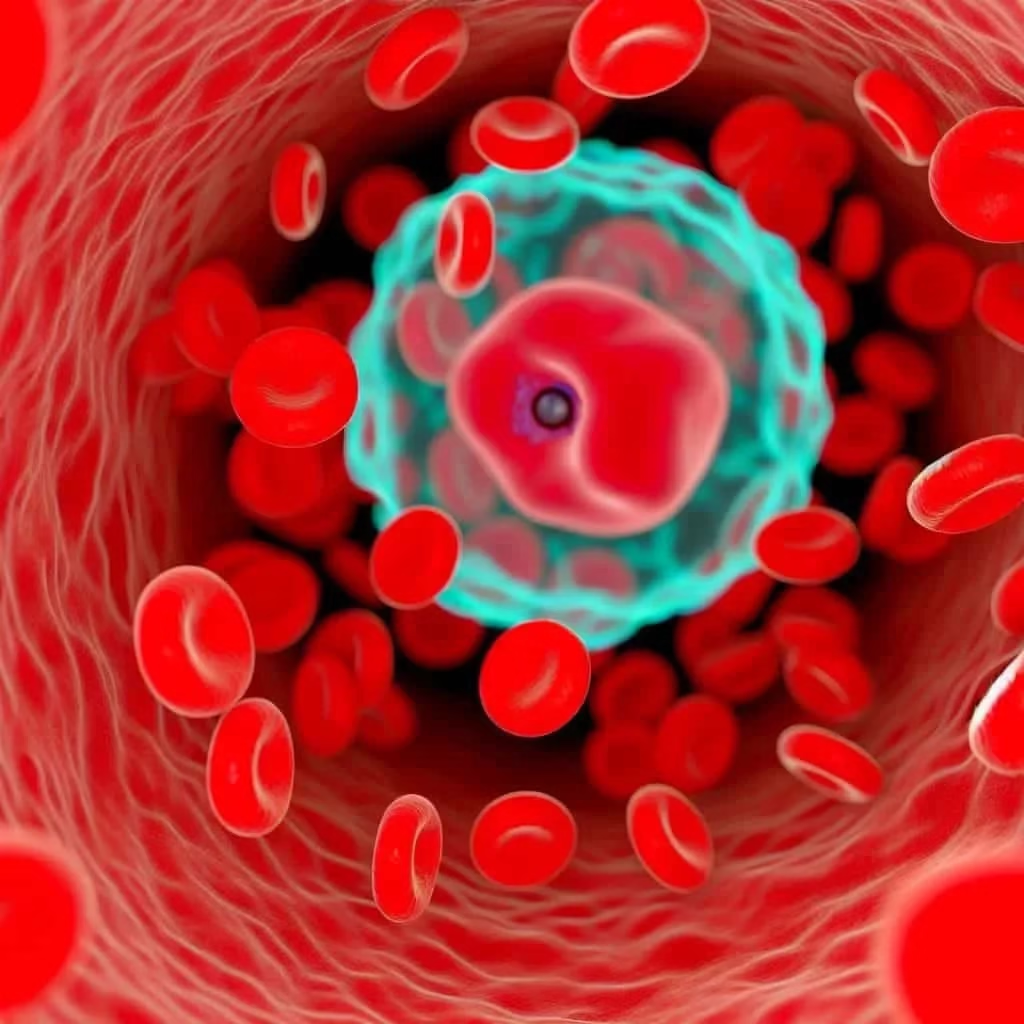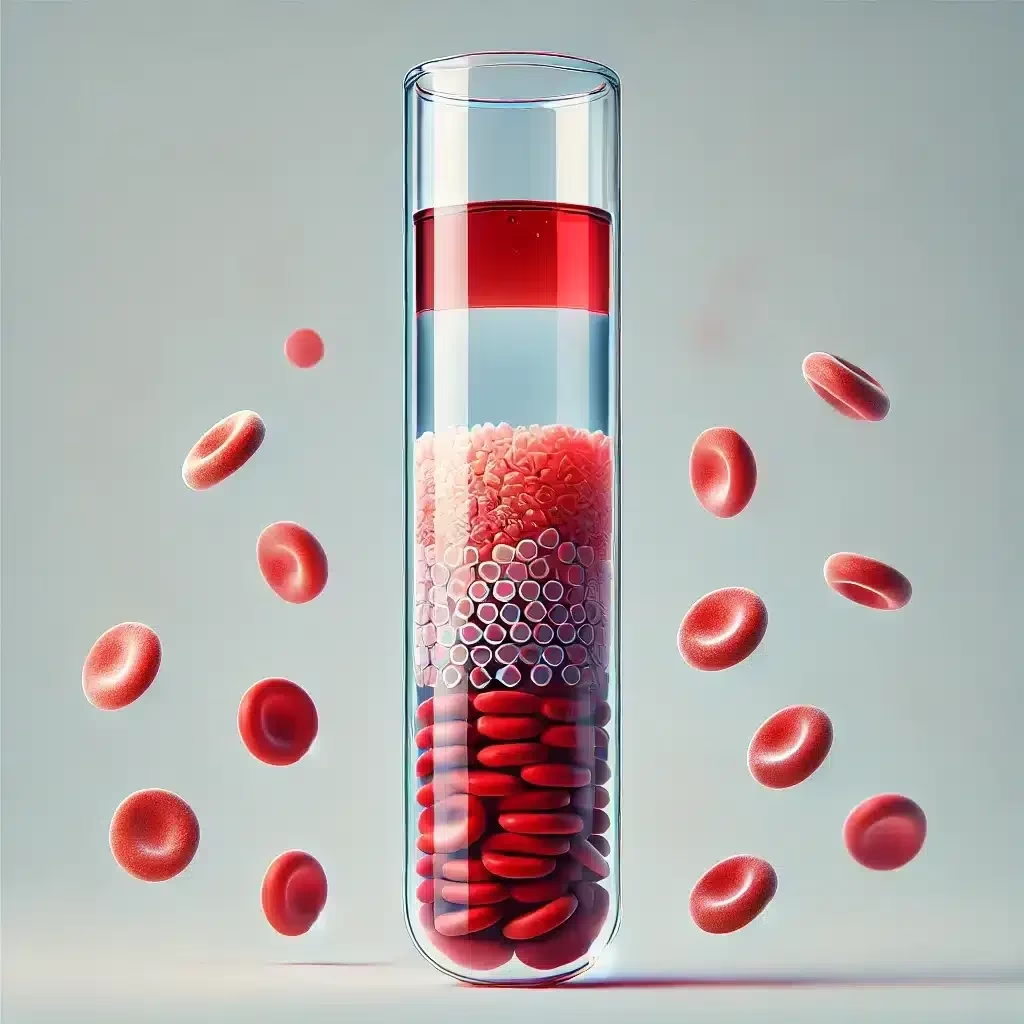Introduction
PRP (Platelet-Rich Plasma) and PRF (Platelet-Rich Fibrin) are both regenerative therapies that utilize blood-derived components to promote healing. While PRP provides a concentrated mix of platelets and growth factors, PRF also includes fibrin, which forms a natural scaffold to enhance tissue repair and cellular regeneration. Find out more about PRP vs PRF.
Understanding Platelet-Rich Plasma (PRP)
What is Platelet-Rich Plasma (PRP)?
Platelet-rich plasma (PRP) therapy utilises concentrated platelets from your blood to enhance healing. These platelets are rich in growth factors crucial for tissue repair. PRP has proven effective in dermatology for skin rejuvenation and hair restoration, offering a natural method to improve skin texture, reduce wrinkles, and stimulate hair growth.
How PRP Works
The creation of PRP involves a straightforward and safe procedure. First, a small amount of your blood is drawn and placed in a centrifuge. This device spins the blood at high speeds to separate the platelets from other blood components. The resulting concentrated platelets, rich in growth factors, are then used in treatments. These growth factors promote healing and tissue regeneration, providing a natural and effective solution for skin and hair rejuvenation.
Exploring Platelet-Rich Fibrin (PRF)
What is Platelet-Rich Fibrin (PRF)?
Platelet-rich fibrin (PRF) is an advanced form of platelet concentrate. Like PRP, PRF uses your blood to promote healing but also includes a fibrin matrix. This matrix acts as a scaffold for cell growth, making PRF particularly effective for skin rejuvenation and hair restoration.
How PRF Works
PRF is produced similarly to PRP but with a significant difference: the blood is spun at a lower speed in the centrifuge. This slower spin preserves more white blood cells and stem cells, which are incorporated into the fibrin matrix. As a result, PRF offers a more robust and sustained release of growth factors, enhancing the healing process over time.
Key Differences: PRP vs PRF
Composition
- PRP: Contains a high concentration of platelets and growth factors.
- PRF: Contains platelets, growth factors, white blood cells, and a fibrin matrix.
Centrifugation Speed
- PRP: Spun at high speeds to isolate platelets.
- PRF: Spun at lower speeds, preserving more cellular components.
Release of Growth Factors
- PRP: Provides a rapid release of growth factors upon injection.
- PRF: Offers a sustained release of growth factors over time.
Structure
- PRP: Liquid form, suitable for injections.
- PRF: Gel-like consistency due to the fibrin matrix, ideal for applications requiring prolonged growth factor release.
Benefits of PRP and PRF for Skin Rejuvenation and Hair Restoration
Benefits of PRP
- Accelerated Healing: PRP can expedite the healing process for skin and hair treatments.
- Reduced Inflammation: PRP injections can alleviate inflammation, enhancing skin and hair health.
- Natural and Safe: Derived from your blood, PRP minimises the risk of allergic reactions and infections, making it a secure treatment option.
Benefits of PRF
- Enhanced Healing: PRF’s fibrin matrix supports cell migration and tissue regeneration, leading to more effective healing.
- Sustained Growth Factor Release: PRF provides a longer-lasting release of growth factors, promoting continuous healing.
- Versatile Applications: PRF’s gel-like consistency makes it suitable for various applications, from skin rejuvenation to hair restoration.
Clinical Applications of PRP and PRF
PRP Applications
- Dermatology: Improving skin texture, reducing wrinkles, and treating acne scars.
- Hair Restoration: Stimulating hair growth in cases of hair loss or thinning.
PRF Applications
- Aesthetic Medicine: Supporting facial rejuvenation and improving skin health.
- Hair Restoration: Enhancing hair growth and density.
Conclusion
In regenerative medicine, PRP and PRF stand out as transformative treatments that harness your body’s natural healing power. PRP delivers a concentrated dose of growth factors quickly, while PRF offers a longer-lasting and more comprehensive healing process. Understanding the differences and benefits of each can help you make an informed decision for your beauty and wellness journey. Whether you are seeking to rejuvenate your skin or restore your hair, PRP and PRF could be the key to unlocking your body’s full potential for recovery and revitalisation.
References
- Phoebe LKW, Lee KWA, Chan LKW, Hung LC, Wu R, Wong S, Wan J, Yi KH. (2024). Use of platelet-rich plasma for skin rejuvenation. Skin Res Technol. 2024 Apr;30(4):e13714.
- Nguyen, T. L., & Pappas, A. (2022). Platelet-Rich Fibrin and its Role in Hair Restoration. Clinical Cosmetic and Investigational Dermatology, 15, 345-352.
- Khan, M., & Davis, S. (2021). Comparative Study on PRP and PRF in Facial Rejuvenation. Aesthetic Surgery Journal, 41(3), 256-263.
- Patel, R., & Gordon, K. (2020). Long-term Effects of PRP and PRF Treatments on Hair Growth. International Journal of Trichology, 12(4), 185-191.
- Lee, C. H., & Wang, J. (2019). Innovations in Platelet-Rich Fibrin Applications for Aesthetic Dermatology. Journal of Cosmetic Dermatology, 18(6), 1441-1448.







